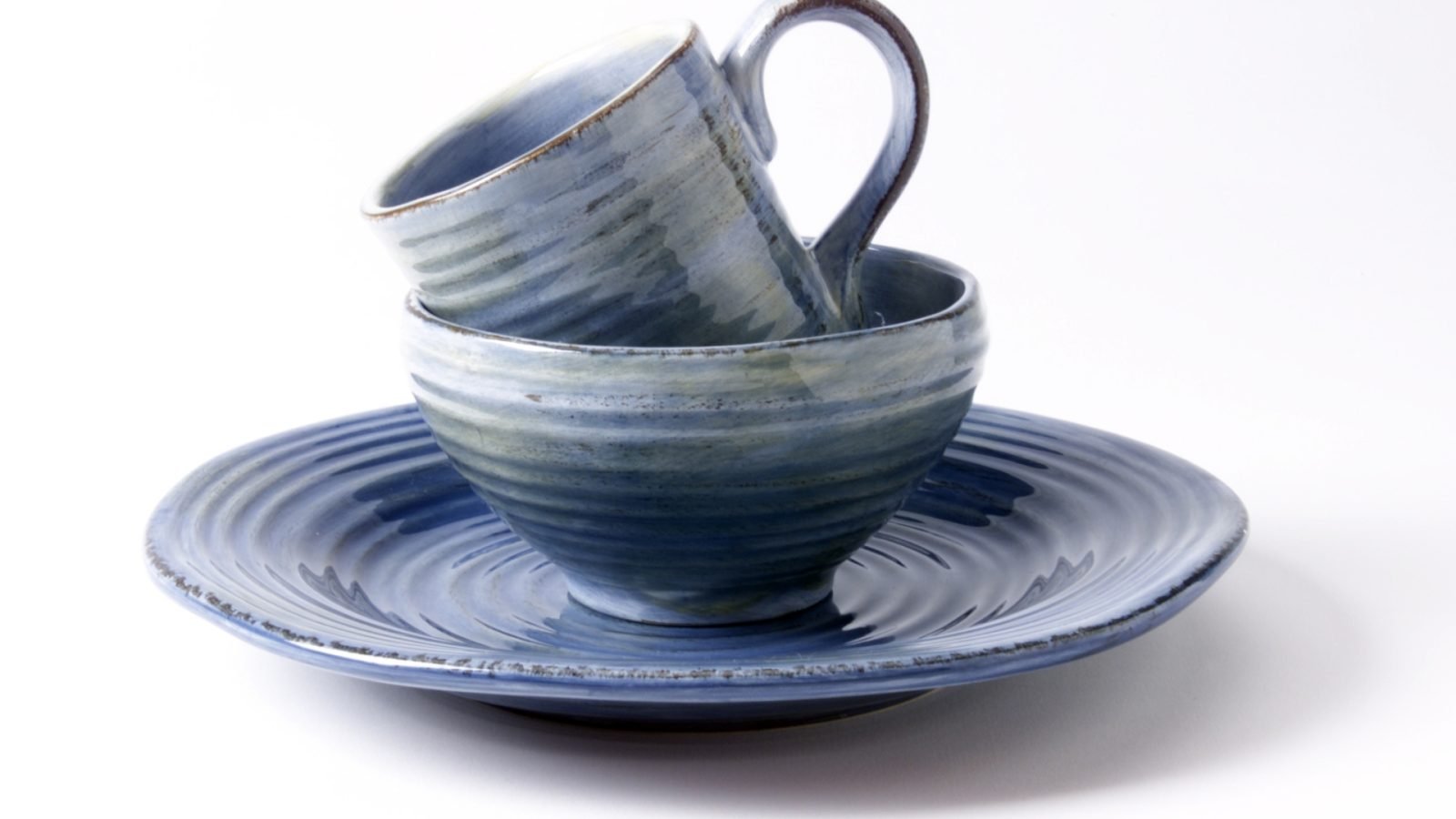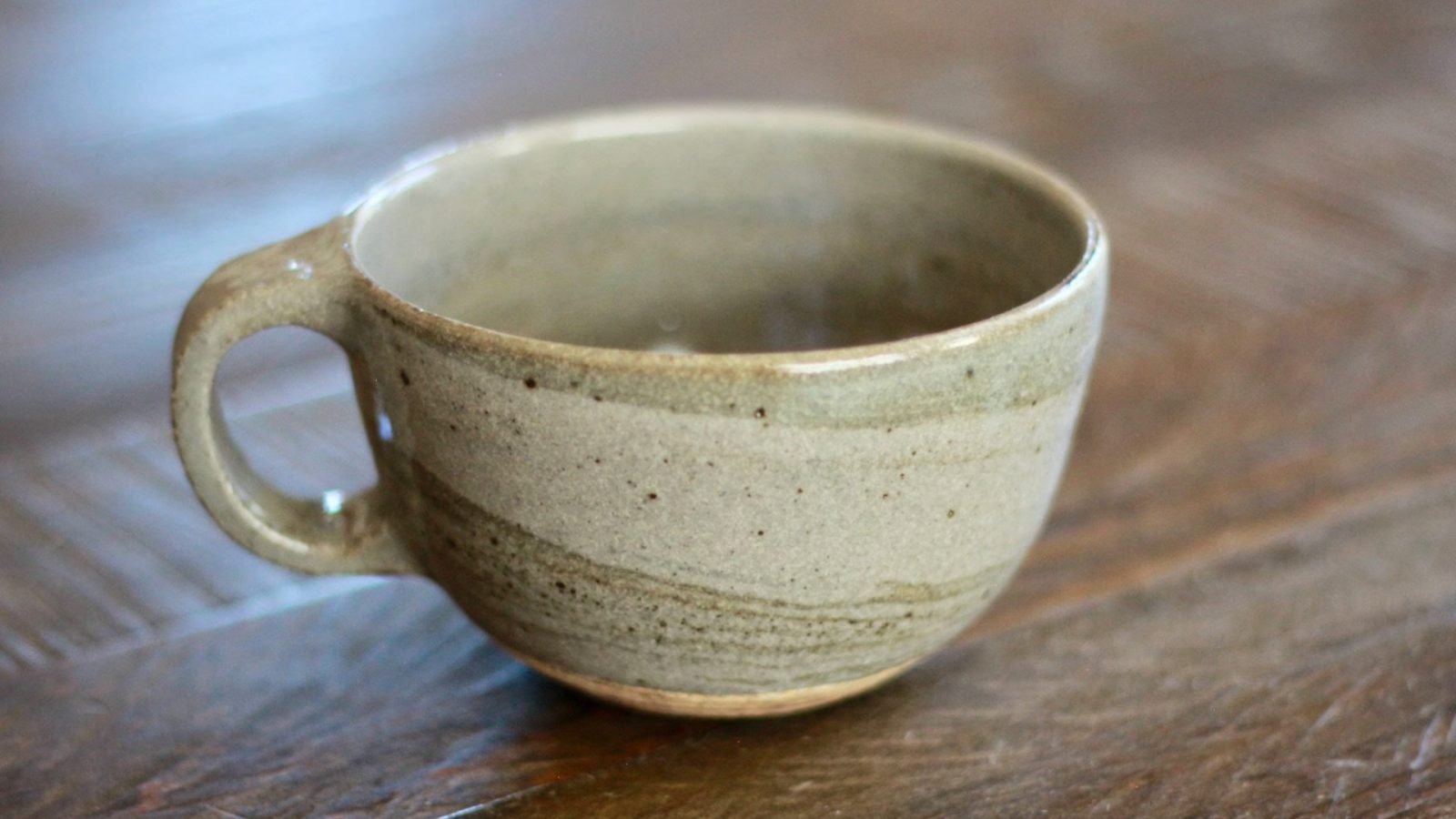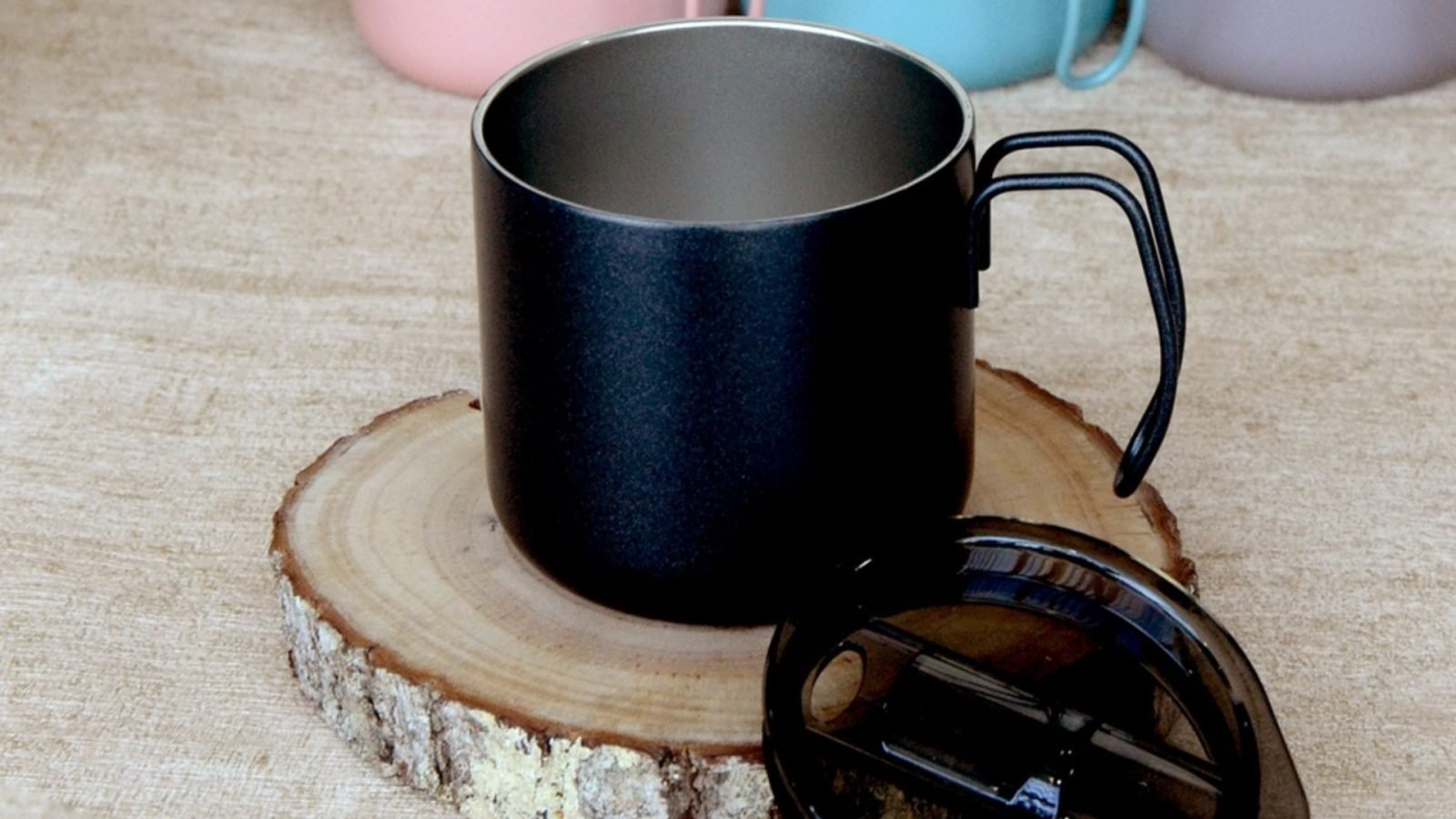Sipping in Style: How to Select Best Material for Your Coffee Mug

Most coffee enthusiasts simply settle for any mug to enjoy their cup of joe. If one is willing to pay a little attention, the mug’s material can affect the coffee’s flavor. Simply put, different material offers a different taste of coffee. Then, what is the best material for coffee mug?
Table of Contents
What Are the Safe Mug Materials for Coffee?
First of all, take note of the abundance of coffee cups on the market right now. Most are composed of ceramic, glass, paper, hard plastic, melamine, stainless steel, and stoneware. All those materials are considered safe for coffee.
However, ceramic and glass are often considered to be the safest options. Both are made of natural minerals that won’t impart or absorb flavors, giving the coffee its intended taste. Yet still, in terms of health, glass is easily the winner. According to Ecoroots, glass doesn’t leach any cancer-causing agents or chemicals into your coffee, no matter how hot they are.
These Are Materials for Coffee Mug
As briefly mentioned, at least seven materials are widely used for coffee cups and mugs. Here are why they are massively utilized.
1. Glass Material

Coffee mugs made of borosilicate glass won’t break when exposed to high temperatures like regular glass cups. The material’s 15% boron trioxide content has a relatively low thermal expansion coefficient. It will remain intact when transferred from a freezer to a microwave or oven.
Simply put, borosilicate glass mugs are safe for hot and cold brew coffee. As mentioned above, this material is also safe for your health because it can resist harmful chemical degradation that may seep into your coffee.
2. Ceramic Material

Ceramics is easily the most popular material for coffee mugs. This material is good to use for hot and cold brew coffee. Also, it won’t alter the authentic flavor of the beverage. However, ceramic mugs may not be the right option for health concerns. As mentioned in an NPR article, if the mugs are not baked properly, the lead may seep into your coffee and result in lead poisoning.
3. Paper Material

Paper is used explicitly for travel coffee cups rather than mugs. It’s considered the worst material for coffee because paper alters the flavors. This fragile material won’t retain your coffee’s temperature, whether hot or cold.
4. Hard Plastic Material

Hard plastic is a suitable material if you are looking for recyclable mugs. Not only do they renewable, but they are also durable, for it takes years for them to decompose. Plastic mugs will only be the right option if you aren’t keen on flavor since they significantly alter the taste.
5. Stoneware Material

The following best material for coffee mug is stoneware. It’s often made by hand from natural materials like stone, flint, and clay. Like ceramic, stoneware mugs can withstand high temperatures well enough and maintain your drinks’ temperatures.
6. Melamine

Melamine mugs are one of the most affordable options in the market. It can keep your coffee’s temperature sufficiently good since it is an insulation material. Cups made of melamine are also durable, but they will still break when you use them to microwave your drink.
7. Stainless Steel Material

Stainless steel is mainly used for travel thermos or coffee mugs. While the material is perfect for retaining temperature for a considerable amount of time, there may be better options if you are keen on the subtle taste of your drink.
What Should be Considered in Choosing a Coffee Mug?
Material is one of many aspects to putting into mind when selecting a mug to enjoy your favorite coffee. The other aspects include size, shape, color, intended use, and special functions.
Coffee mug sizes vary from large to medium to small. Most mugs typically can hold between 12 and 30 ounces. Different mug sizes also come with different shapes. If you want to get the most flavor of the coffee, consider getting a wide-mouthed mug. It allows the aroma of the coffee to escape, increasing the experience of enjoying a cup of joe.
Put the color selection into mind as well when buying a coffee mug. After all, it’s going to be your favorite cup. If you buy one made of glass, be sure to choose the clear one without any adornment on its surface.
Remember to consider your intended use. A mug made explicitly for espresso obviously differs from one for regular coffee. In addition, check the mug’s unique functions as well. For instance, a pour-over cup can be used to brew coffee and use it to enjoy the end product all at once.
Also Read: Known by Young People to Old People: History of Cold Brew Coffee
So, What is the Best Material for Coffee Mug?
As already elaborated, the best material for coffee cups or mugs is glass, especially borosilicate. Not only does this material can retain the flavor of the coffee, but it is also great for both hot and cold brew coffee. It won’t break or chip when exposed to extreme temperatures. Now that you know the best material for coffee mug, it’s time to get the best coffee beans. If you run a coffee shop and wonder where to get high-quality beans, consider contacting us, FnB Tech Indonesia. We have years of experience selling high-quality single-origin Indonesian coffee beans to over 33 countries. So, don’t hesitate to reach out to us!











